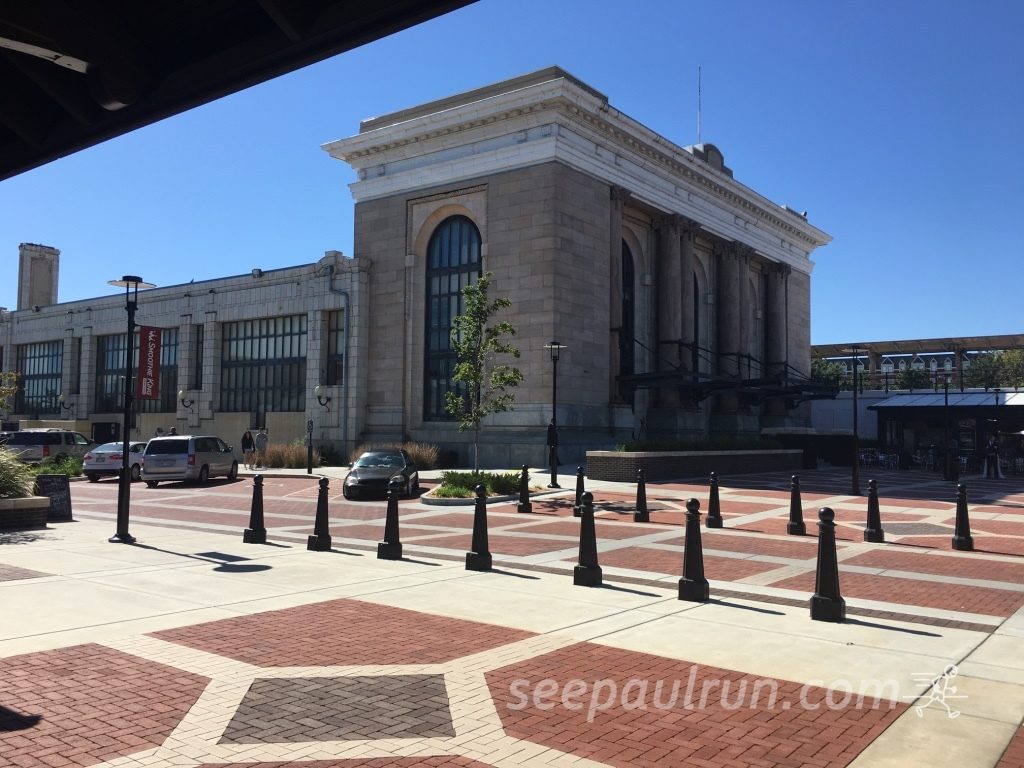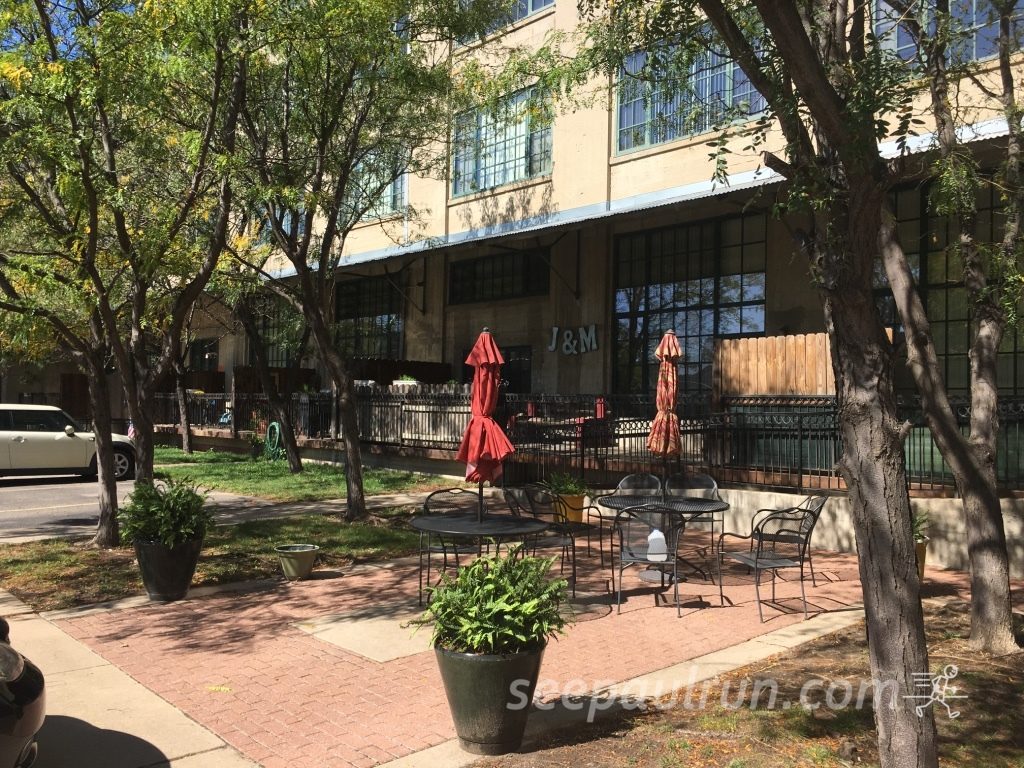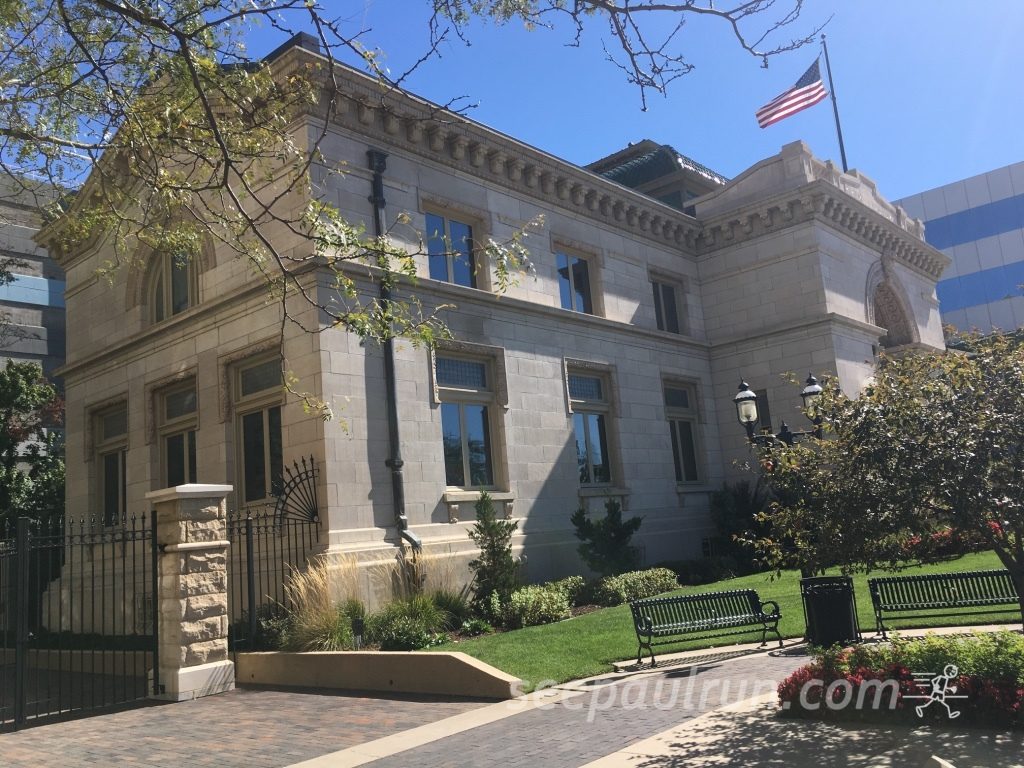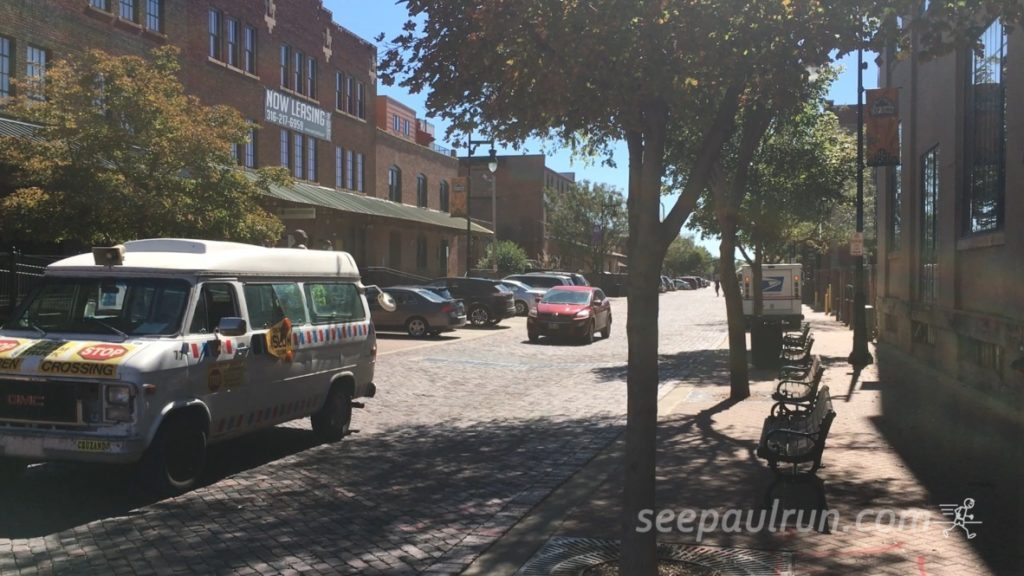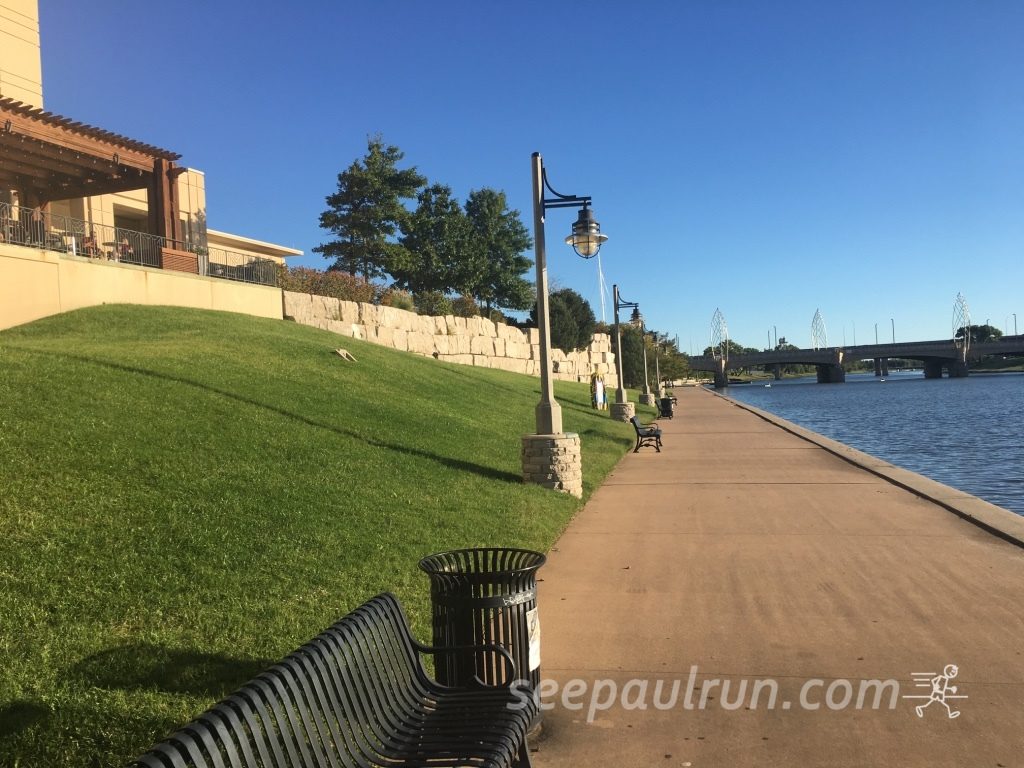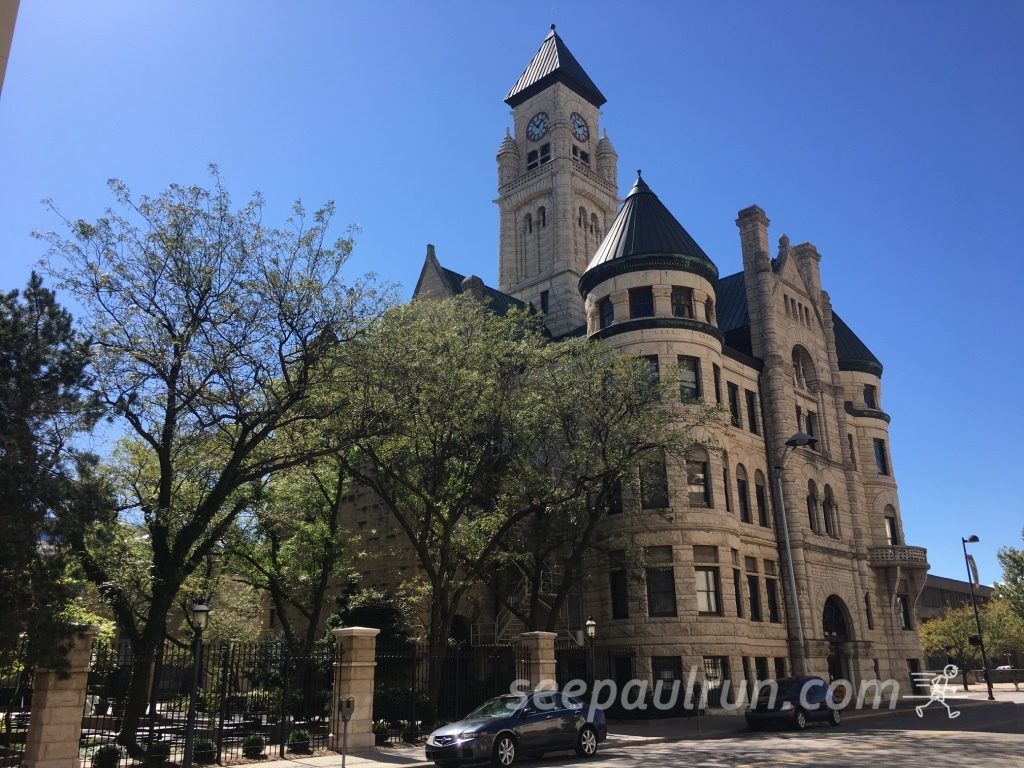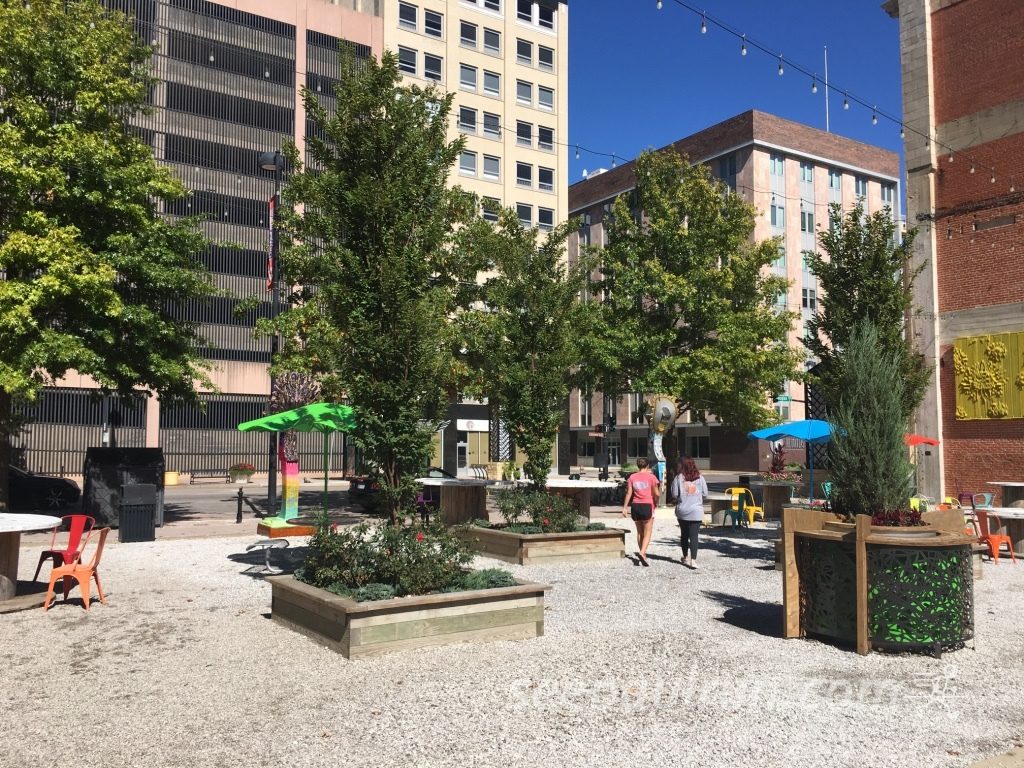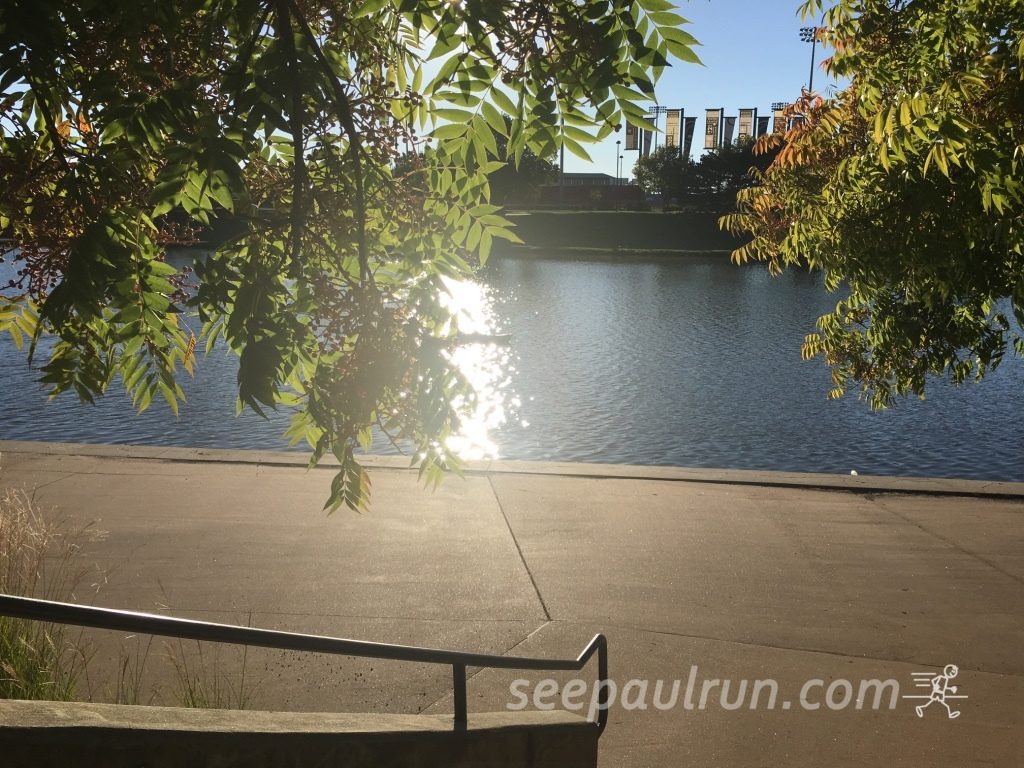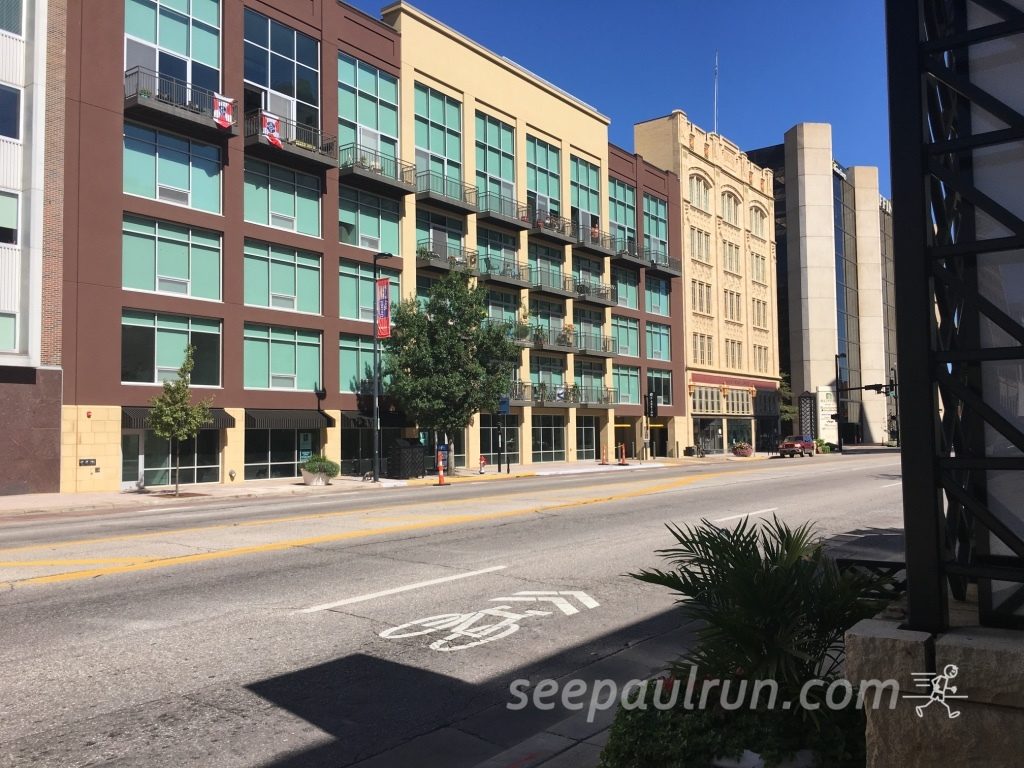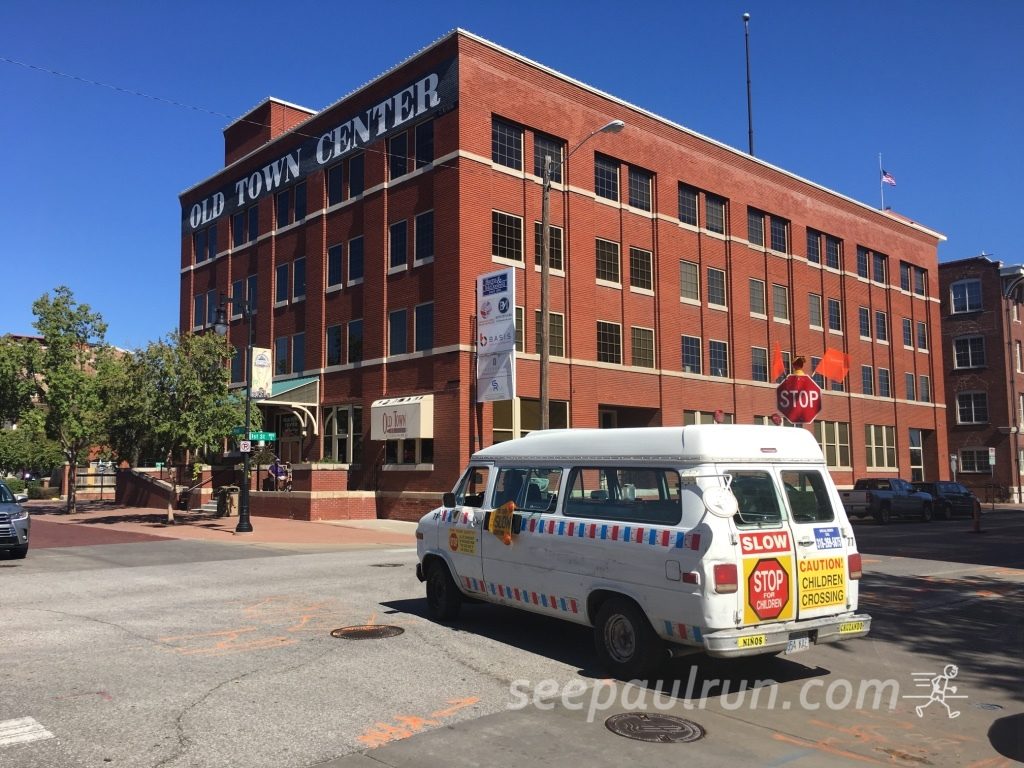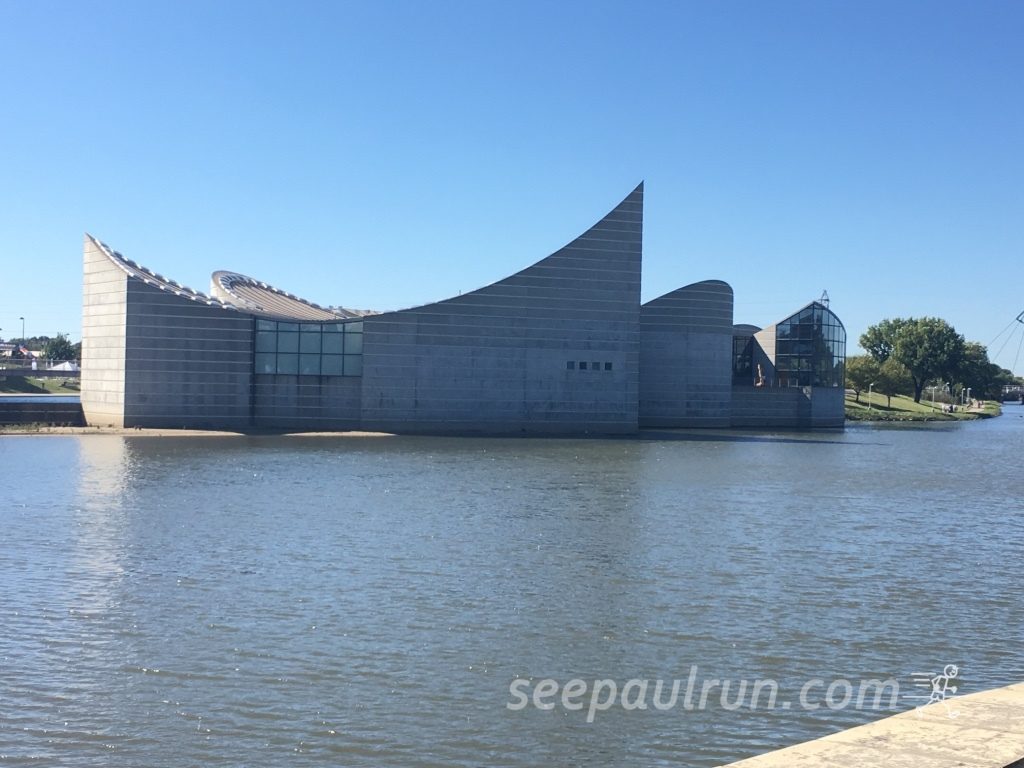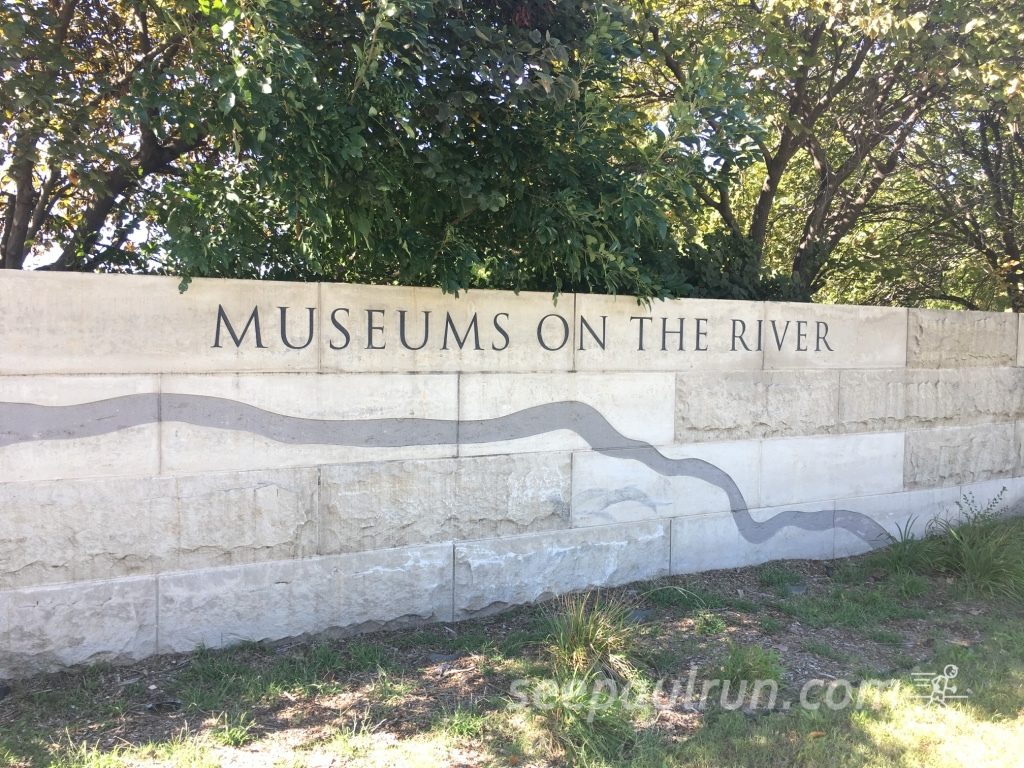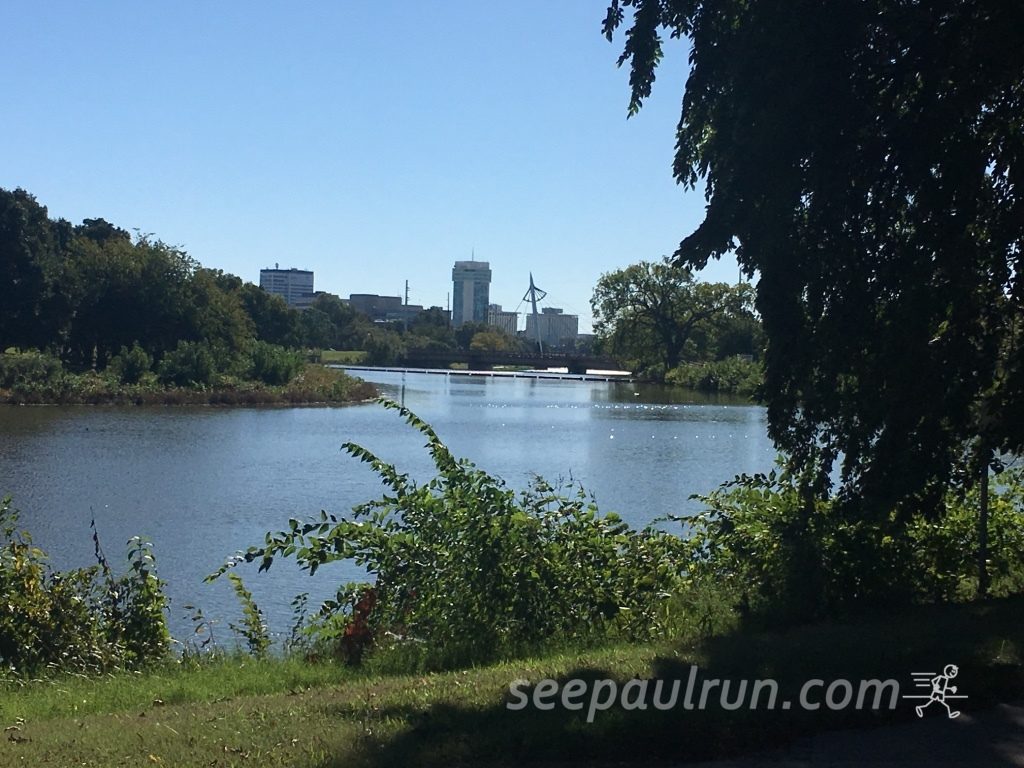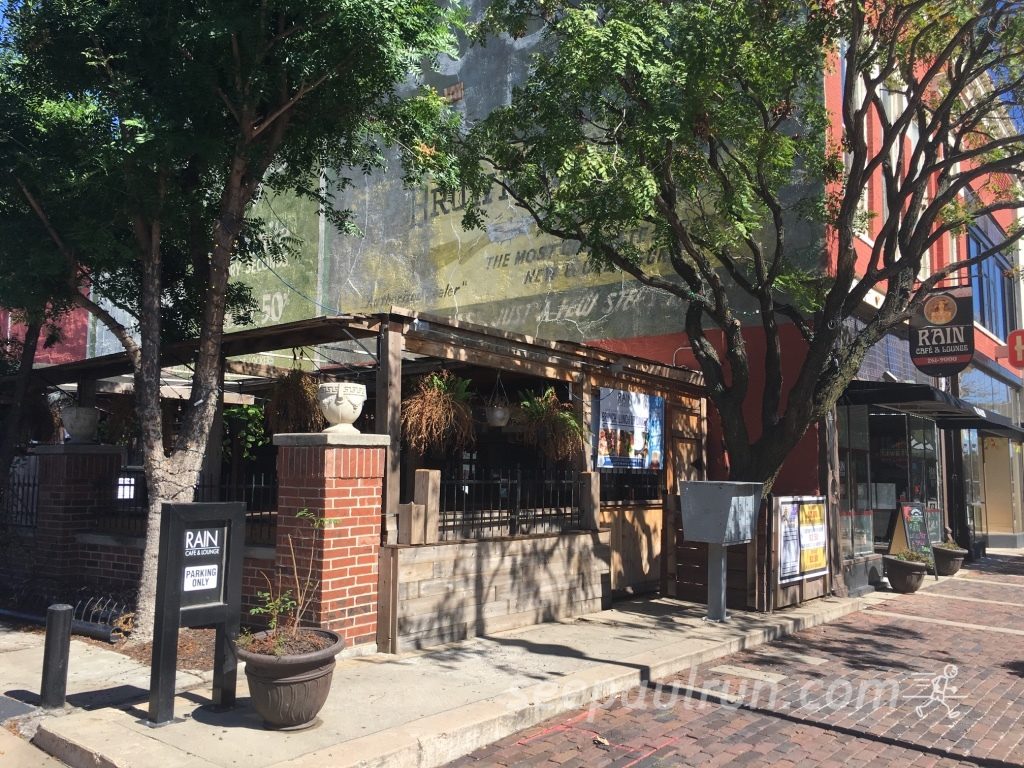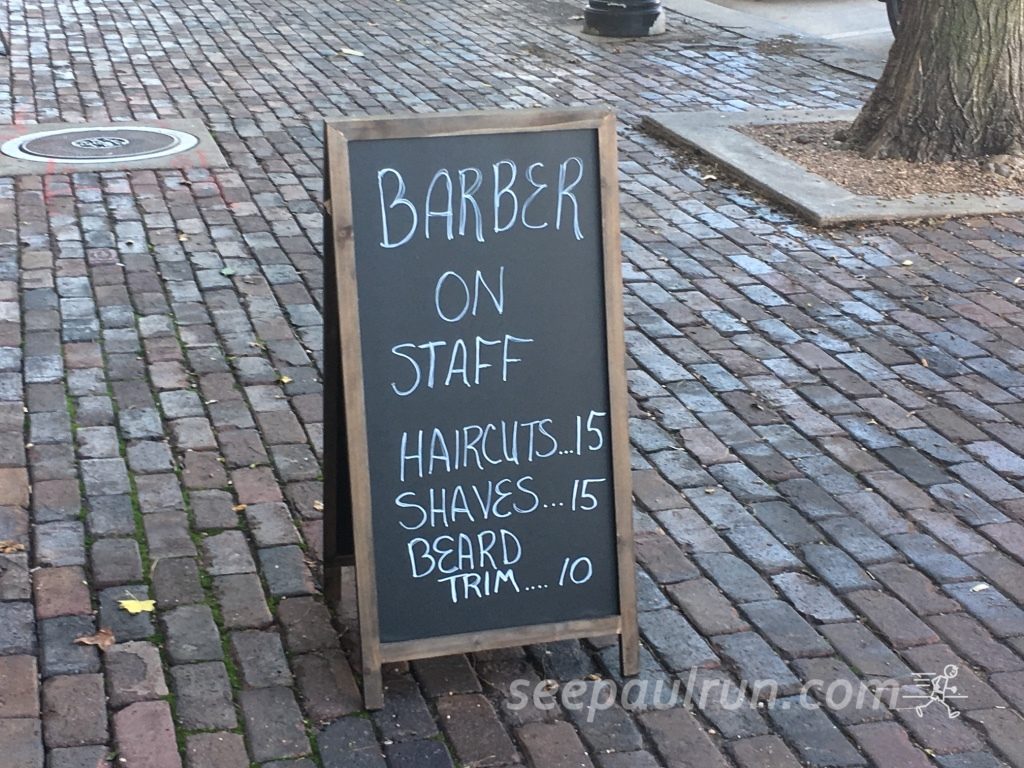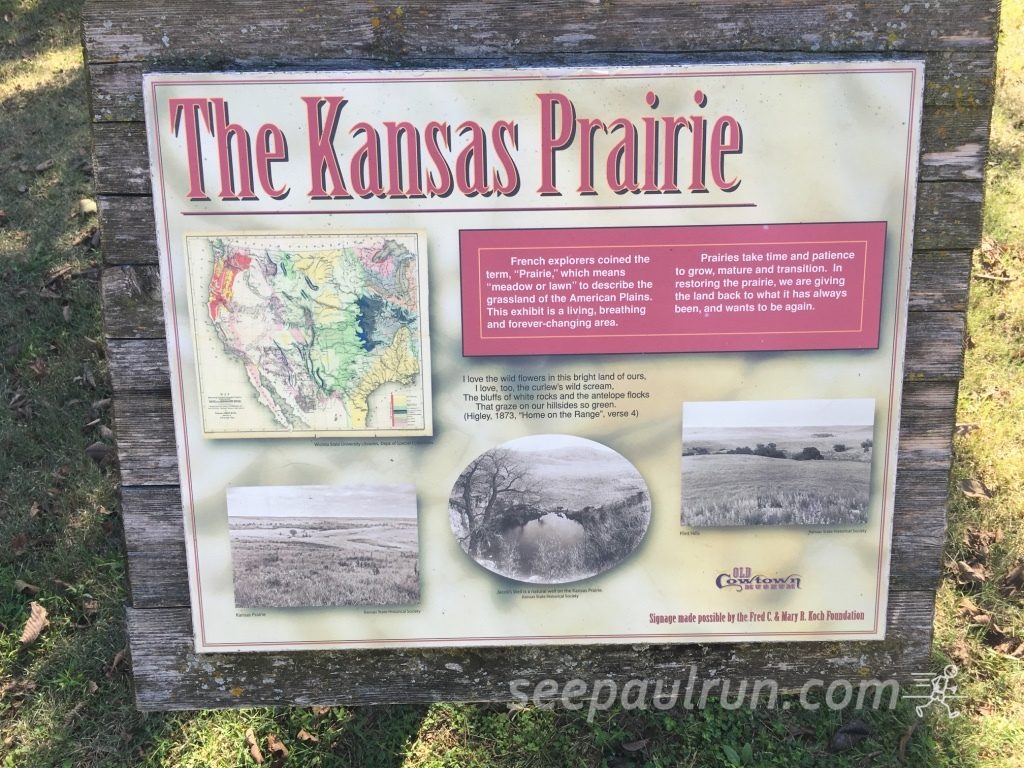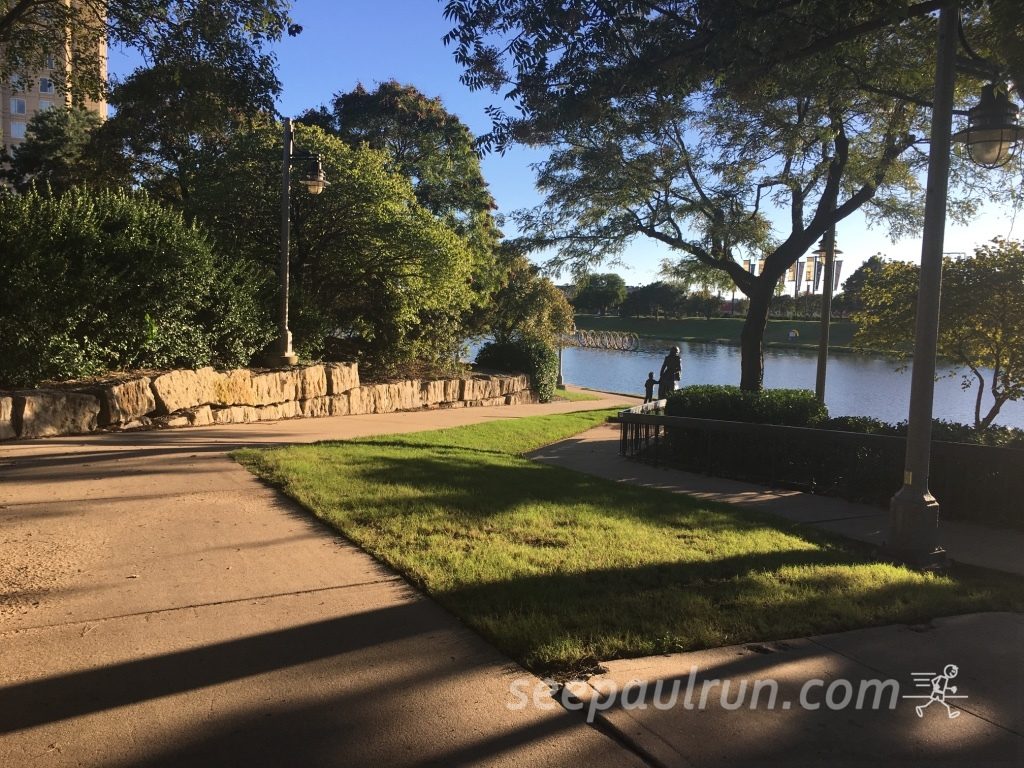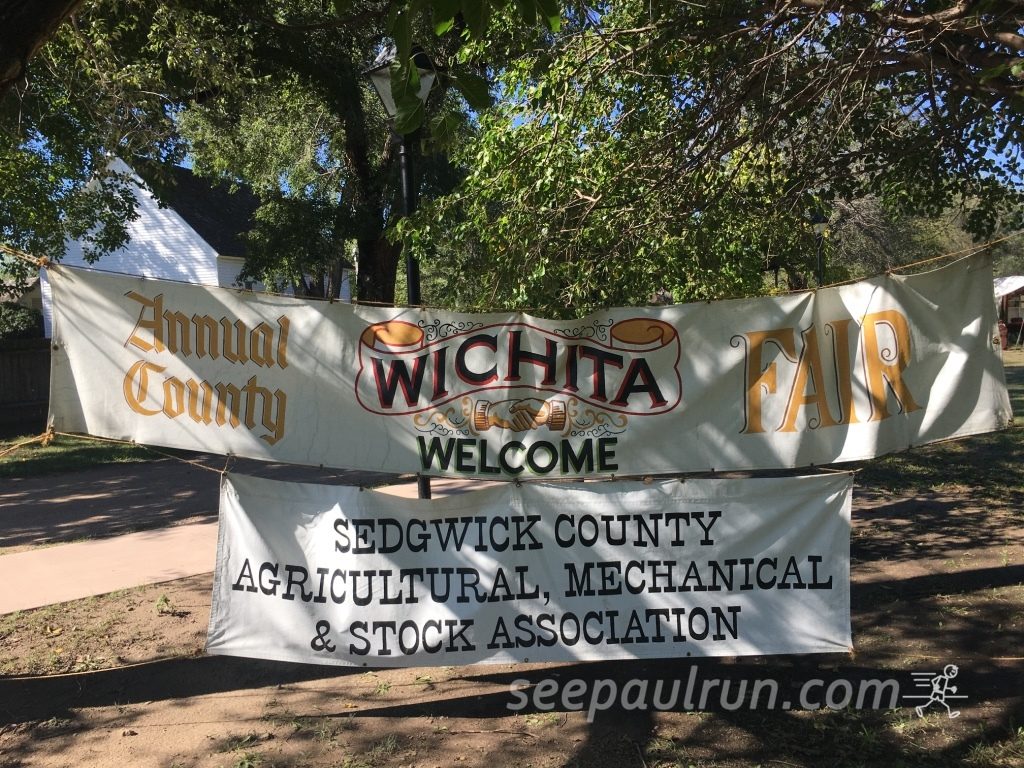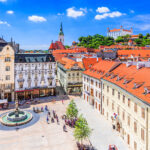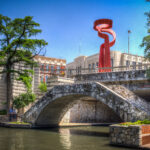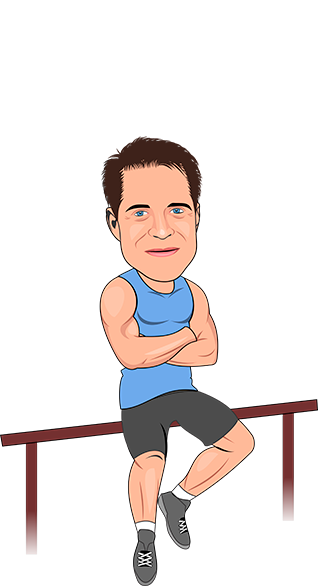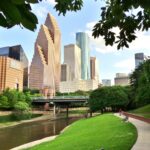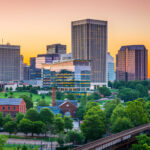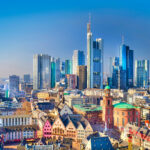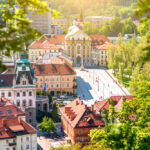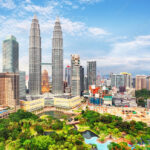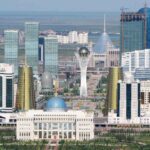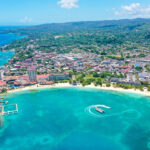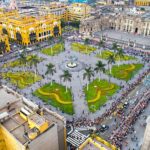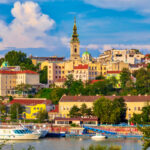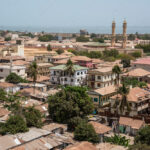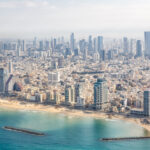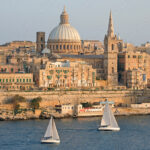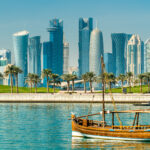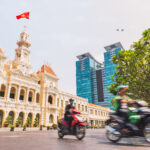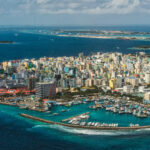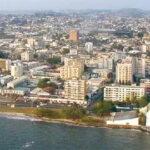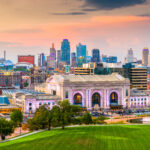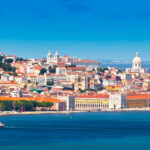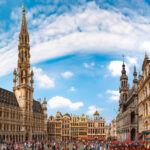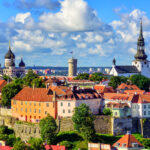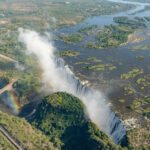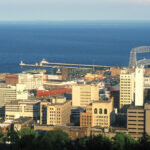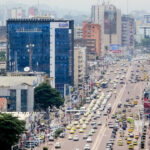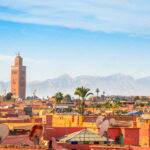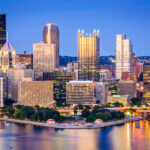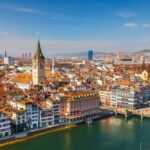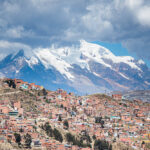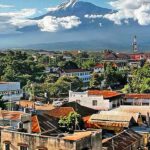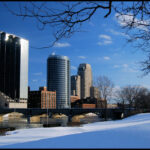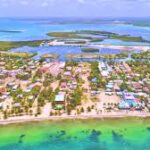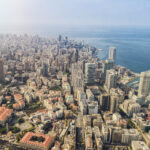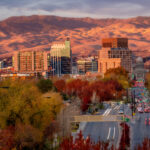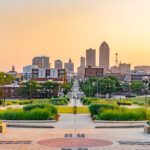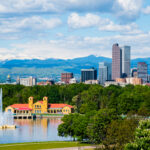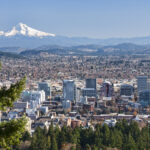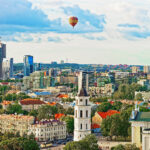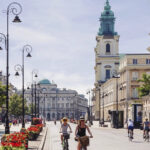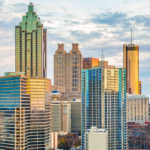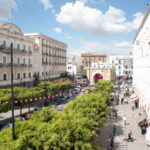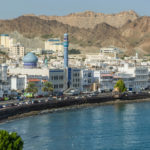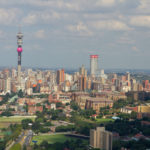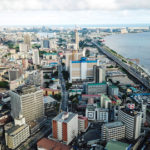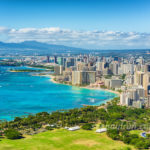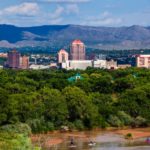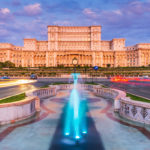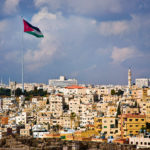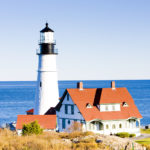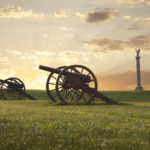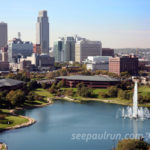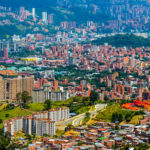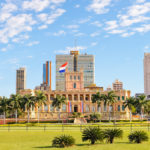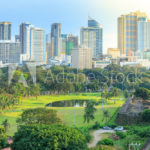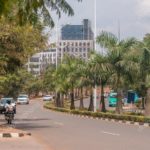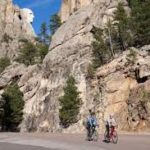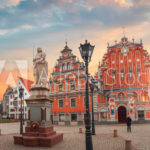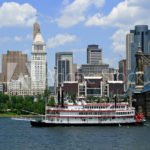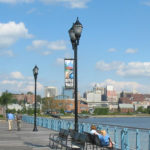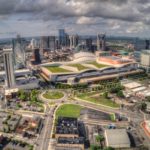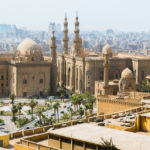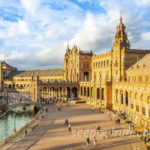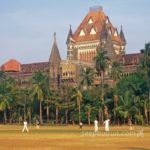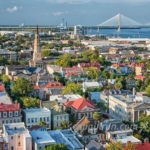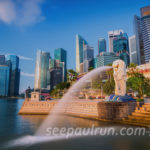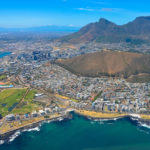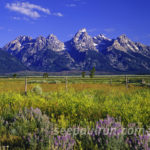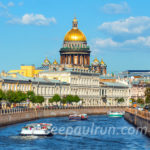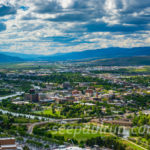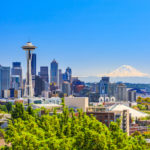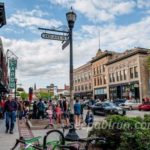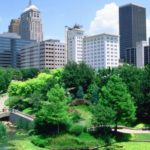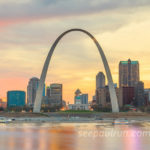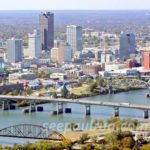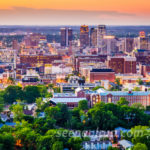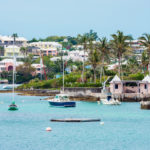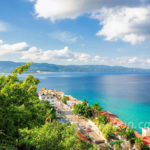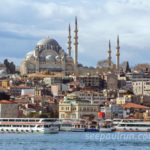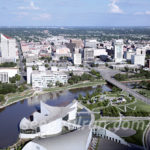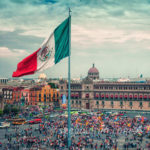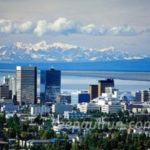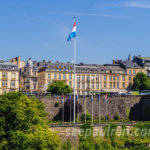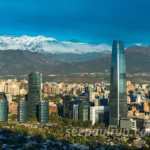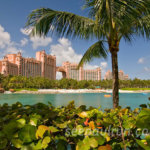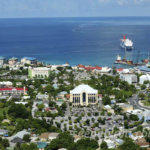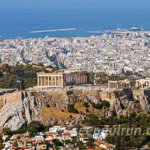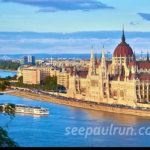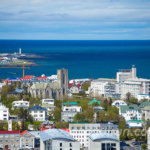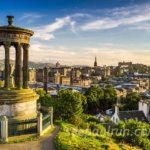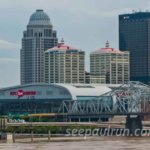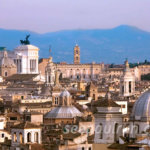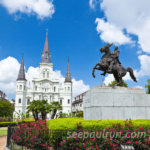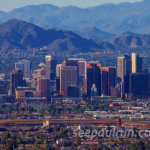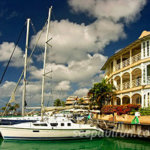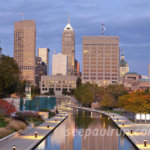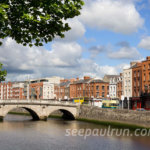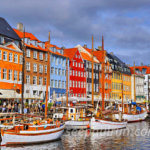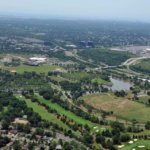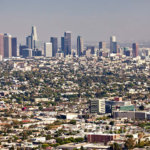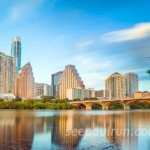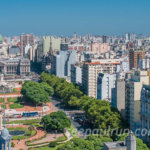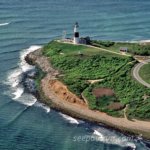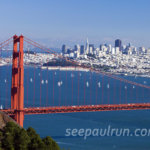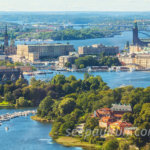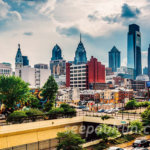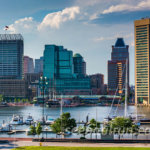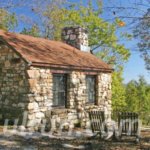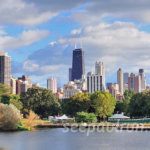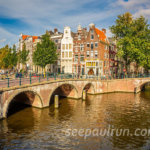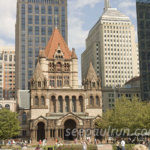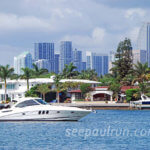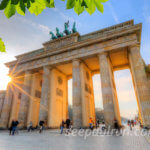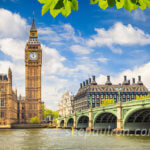IN BRIEF:
Wichita, Kansas, is a small American city with a classic Midwestern, hometown feel, and enough sights and entertainment to provide an interesting 2-day/weekend visit for the marathon traveler. The Prairie Fire Marathon, the city’s premier marathon event, while not overly large, delivers a flawless experience with a genuine, urban course (no running on interstates or along highway service roads), showing off scenic neighborhoods, friendly locals, and great organization.
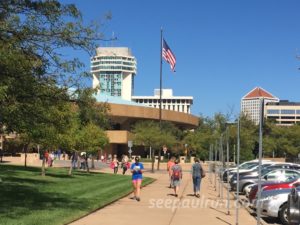
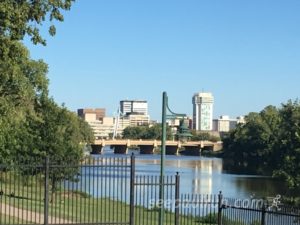
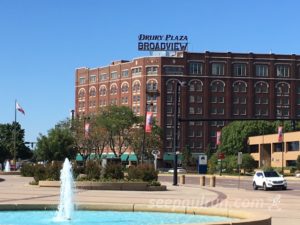
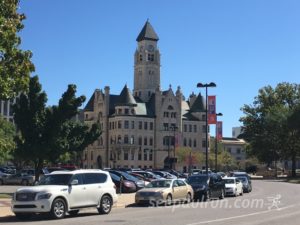
THE PLACE:
Just as I often find myself pleasantly surprised by foreign cities I may otherwise not have visited were it not for a marathon there, running marathons in each of the 50 U.S. States often shows me a delightful American city I might not otherwise have had the opportunity to discover.
Wichita turns out to be such a place.
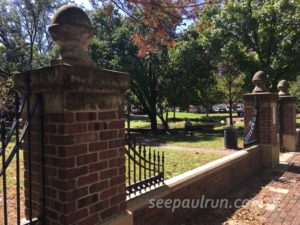
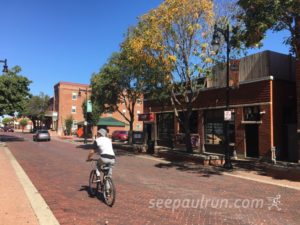
As the largest city in the state of Kansas with a metropolitan population of nearly 650,000, Wichita is located on the North American Central Great Plains, nestled in a green, prairie-edge setting along the Arkansas River with the air of classic Midwestern hometown.
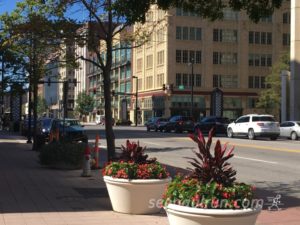
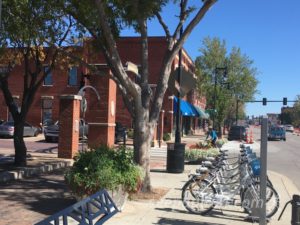
Its tidy grid of streets and leafy parks blend 19th Century warehouse districts with modern high rises; riverfront museums with Victorian neighborhoods; and earnest monuments to pioneers, veterans, and native peoples (the Wichita Indians being the original inhabitants from which the town derives its name), with a small but active cultural scene of restaurants and performing arts (Music Theatre Wichita, for example, is a highly-produced summer stock theater from which large numbers of alums go on to Broadway and Hollywood careers).
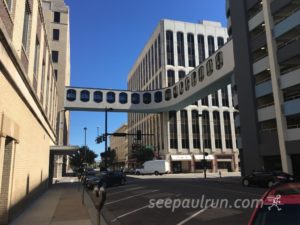
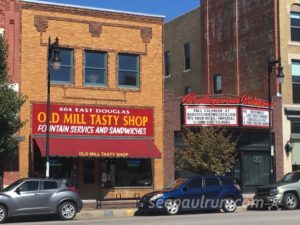
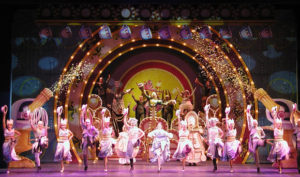
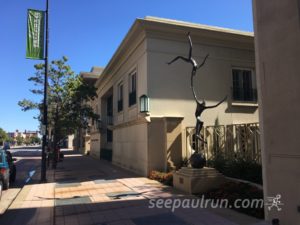
The city takes pride in its early history, as well as in its modern technology and manufacturing base–particularly within the aviation industry–and its low crime rate, low cost of living, and fine educational systems have contributed to its multiple winnings of the All-American City Award in recent years. Its social makeup reflects a blending of American Southern, Eastern, and Western cultures, and its Midwestern values and industriousness are also substantiated by its almost pin-point center location of the country, such that a direct flight from anywhere in the continental U.S. is exactly five hours or less from any direction.
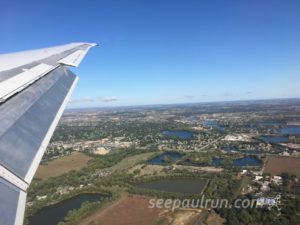
But Wichita wasn’t always considered to be Mid-west.
It once sat precariously on the edge of the Wild West and vestiges of its raucous pioneer history–complete with cowboys, outlaws, gamblers, railroads, and gunfighters, as well the efforts of its early citizenry hastening to civilize their community with the trappings of more established East Coast cities–are still quite evident there today.
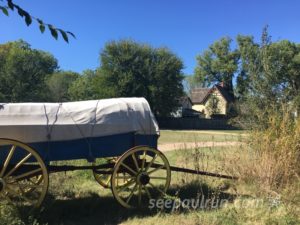
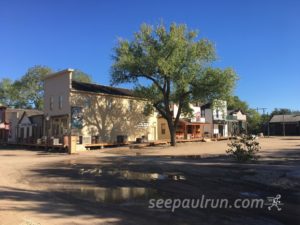
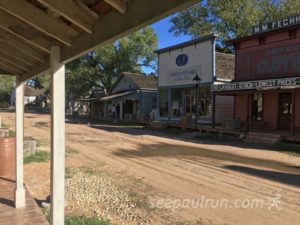
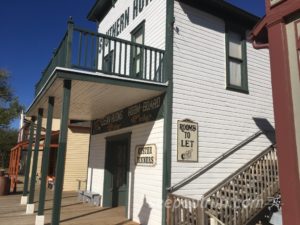
It all started with the famed Chisholm Trail, that legendary route used first by Indian raiding parties and then co-opted by post-Civil War ranchers to drive their longhorn cattle overland from Texas to Missouri and onto the Eastern U.S. markets.
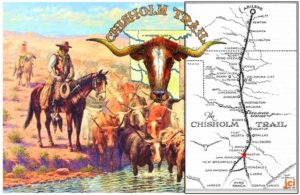
Wichita’s earliest days in the 1860s were as a trading post along that trail, attracting trappers and adventurous merchants who turned their settlement into a legitimate town by 1870–just in time to lobby for it to get a favored position along the new Atchison, Topeka & Santa Fe Railway being laid out across the continent.
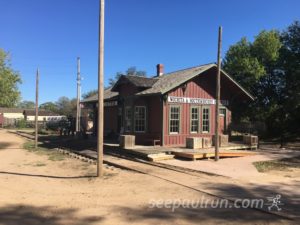
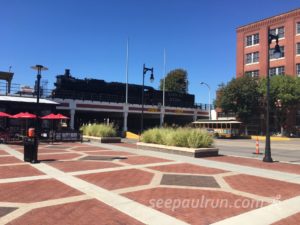
The railroad reached the town in 1872 and, true to plan, Wichita became an overnight boomtown for commerce and entertainment. It also transformed for a time into a rowdy party town, and local lawmen like Wyatt Earp and Bat Masterson rose up to keep those transitory troublemakers in check.
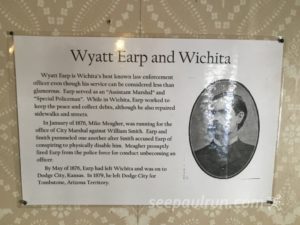
But as the railroad pushed westward and new towns sprung up to compete with Wichita, the cattle trade also migrated further West to places like Dodge City and by 1880, Wichita’s prominence began to fade.
By then, however, so many people had already migrated to Wichita in that short period, that even as land values temporarily fell, local leaders decided to stick it out, strengthening the town’s infrastructure to transform their “Cowtown” (as it was nicknamed) into a major trading and milling center for the wheat industry of the Great Plains.
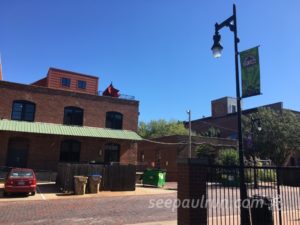
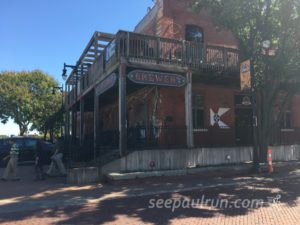
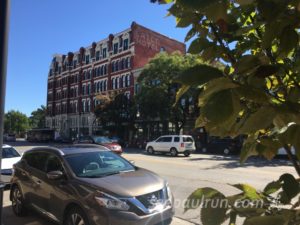
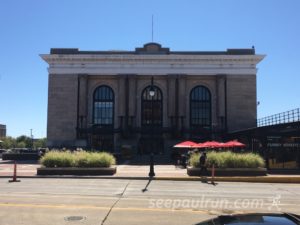
The population grew steadily in the twentieth century and new businesses emerged, first with oil being discovered nearby in 1915, and then afterward with local businessmen seizing upon opportunities in the early aviation industry. By the 1920’s and throughout the next several decades, Wichita became the “Air Capital of the World” producing most of the commercial aircraft in the U.S, playing an important role in World War II, and later seeing the opening of its own McConnell Air Force Base in 1951.
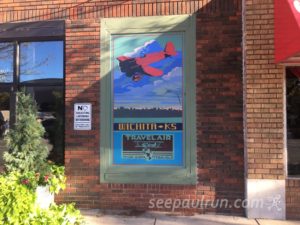
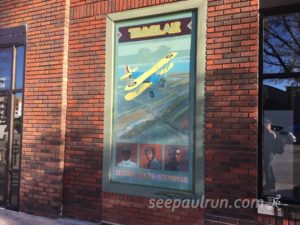
All of the major air industry companies eventually came to operate out of Wichita in one form or another, including Beech and Learjet (each founded in the city), Boeing, Bombardier, and Cessna. Today the city still produces almost half of all general aviation airplanes in the world, not to mention that the U.S. President’s AirForce One jet routinely gets its tune-ups here.
But Wichita is also more than airplanes.
Perhaps as evidence of its wholesome, All-American/Midwestern nature, many pragmatic, typically-American things have originated here, including fast-food giants Pizza Hut and White Castle (both founded here); multinational business giants like Koch Industries; the largest manufacturer of roller coasters in the U.S., Chance Rides; and camping and outdoor recreation manufacturer, Coleman Company (admit it, someone in your family has at some point owned a Coleman cooler or kerosene lamp!).

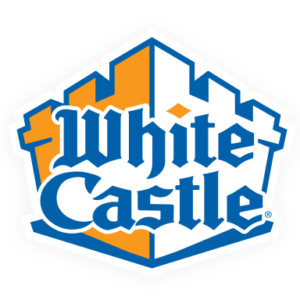
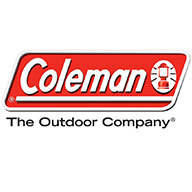
Even the impish 1950s boy-next-door character, Dennis the Menace, supposedly lived in a two-story house at 2251 Pine Street in Wichita (the Wilsons, of course, lived next door at 2253 Pine Street), and many films ranging from “Superman”, “Trains, Planes, and Automobiles”, and the original film versions of “The Wizard of Oz”, were all shot or set in Wichita’s friendly, small-town American environs.
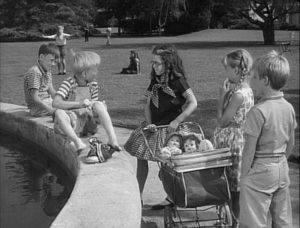
But since all of us have a home, hominess may not be as important to the running traveler as is having something new to experience for a day or two before the marathon.
The good news is, despite its size, Wichita has just enough to make a weekend visit interesting and enjoyable.
For starters, the weather at this time of the year in early October should be pleasant. So, even though the city boasts more than 35 museums displaying everything from art to ancient fossils, much of what I found to be most interesting and unique was found outdoors.
There’s a nice zoo and also a 10-mile long pathway system along the river banks where locals go kayaking and fishing. There’s Exploration Place, a hands-on science museum in an acclaimed Moshe Safdie-designed, futuristic building overlooking the river. And there’s a pretty 17-acre park of themed flower, aquatic, and butterfly gardens called Botanica. All would probably be worthwhile, especially for kids, unless you’ve seen similar things before and want to skip these, as I did.
Instead, the areas and attractions that I found to be unique to a Wichita visit, were the city’s Old Town, its Delano neighborhood, its Keeper of the Plains monument, and its fun recreated frontier town streets of the Old Cowtown Museum.
Old Town, on the eastern side of Downtown, is essentially a district of red-brick streets and attractive, newly-gentrified 19th Century warehouses turned into restaurants, condos, and specialty shops, just as the Delano Historic District on the western side of the river offers more eclectic architecture of more varied vintages with funkier eateries and shops. In fact, during marathon weekend (although I don’t know if this coincides with marathon weekend every year), the Delano area was abuzz with the Delano Fall Fair, celebrating the Chisolm Trail with street vendors, live music, stagecoach rides, and live, grazing longhorn cattle you could reach out and touch.
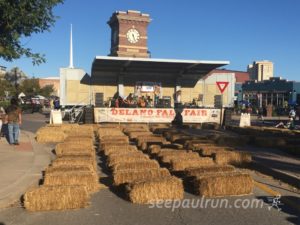
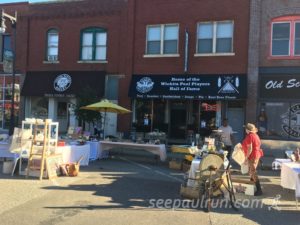
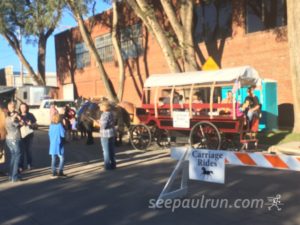
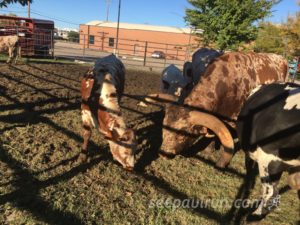
The city’s most beloved icon is “The Keeper of the Plains”, a 44-foot tall sculpture of a Native American at the juncture of the Arkansas and Little Arkansas rivers. The statue is on an island reached by two cable-suspended, pedestrian footbridges, and is surrounded by very cool fire pits which light up at night.
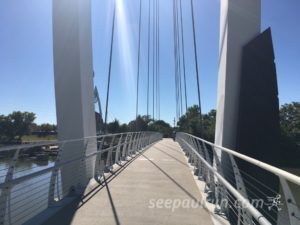
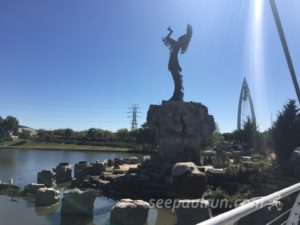
Since all of these sights are in a rather compact area of the city’s center, all can be seen and explored in one weekend (probably, in just one day, on the Saturday before the marathon, as I did), but if you’re the type who wants to keep off your feet as much as possible the day before the race, the city’s Q-line Trollies are free shuttles making stops throughout Delano, Downtown, and Old Town on a reliable 10-minutes schedule at most stops–even late night.
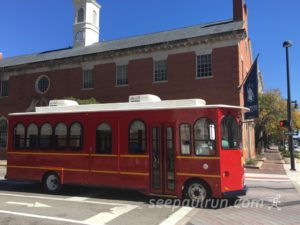
However, if you’re a history-buff/pedestrian tourist like me and want to aggressively cram in as much as possible of the city and its unique take on its own history, you really should not miss Old Cowtown Museum (a place that will definitely keep you on your feet for a few hours).
This is a replicated town of some 70 historic and recreated buildings relocated from various Wichita environs to give modern visitors a multi-sensory feel for what Wichita was like in its “Wild West” cattle town days of the 1870s.
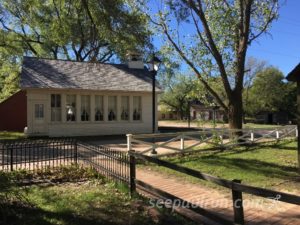
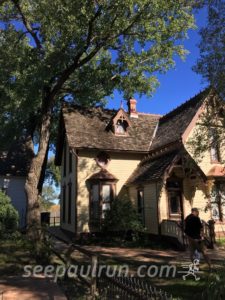
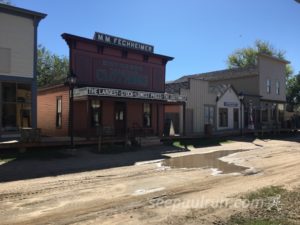
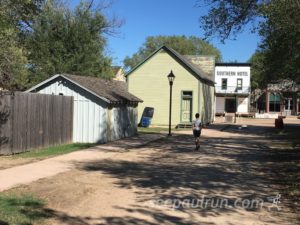
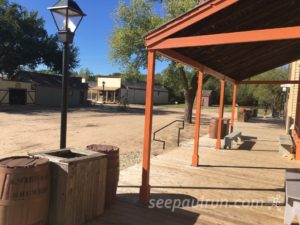
All of the buildings along its dusty streets–including trapper cabins and more upscale merchant’s houses, a hotel and dance hall, a saloon, a general store, a one-room schoolhouse, train depot, marshal’s office, bank, and much more–can be entered and explored. You just turn the doorknob and go in.
In each building, whether it’s a millinery shop or the coffin maker’s storefront, the dentist’s office or the newspaper printer’s, there is a multitude of period artifacts furnishing the spaces as though the townspeople had only just “stepped away” right before you dropped by.
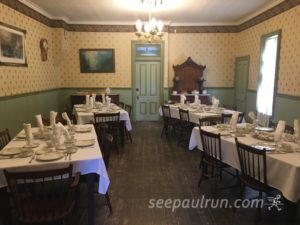
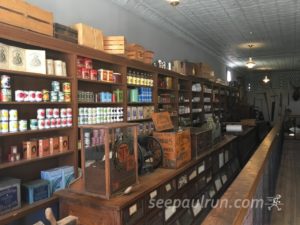
Throughout the town, there is an abundance of in-plain-English signs explaining what you’re seeing, who these early settlers were and how pioneers, in general, were attempting to recreate in the wilderness the familiar ways of their East Coast towns and European homelands.
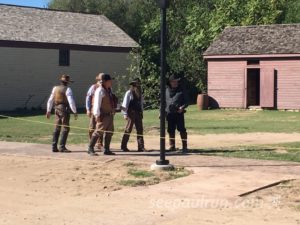
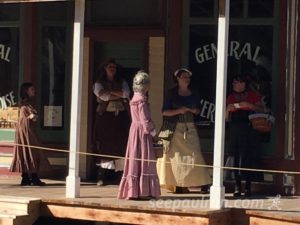
There are also costumed actors roving the streets doing errands, and on the day that I was there, staging both a bank robbery/gunfight and an all-day, old-fashioned baseball game in the farmstead fields at the edge of the town.
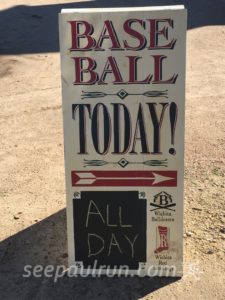
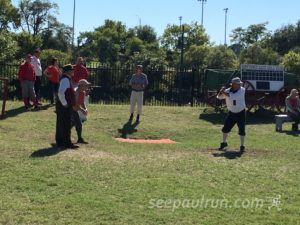
All in all, I managed to squeeze in most everything I wanted to see in Wichita (minus any indoor museums) into one day of tourism.
After having arrived in town on Saturday morning via an early morning flight from New York City, I checked in at the Fairfield Inn & Suites by Marriott which, like the Hyatt Hotel or Drury Hotel Plaza Broadview nearby, is very close to the marathon’s start and finish line.
The hotel manager gave me an early check-in, and more importantly, a promised late check-out, perhaps because I asked nicely, but more probably because I am–as I would recommend that all weekend marathon travelers should try to be–a Starwood/Mariott Reward member which as a Mariott chain always promises the invaluable gift of a late checkout for showering post-race and getting to the airport for your return flight on the same day of the race.
Next, from the hotel, it was an easy three-block walk to pick up my number at the Century II Expo Hall’s very low-key expo.
Immediately afterward, I made my way over to Douglas Avenue (which is essentially the main street of town linking Delano through Downtown to Old Town) and headed to Old Town, about 8-10 blocks away. In retrospect, I guess I could have waited for a free trolley, and I did see many along the way, but I actually like to experience the streets on foot.
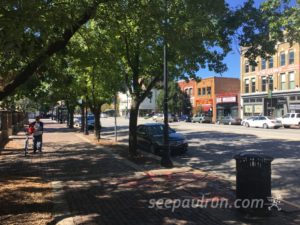
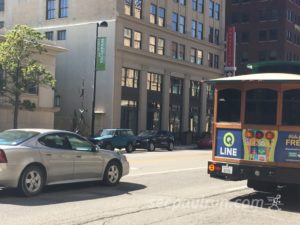
When I arrived in Old Town 15 minutes later it was already lunchtime and I probably could have/should have had a meal in one of the many quaint bistros and restaurants. Instead, after walking around for a bit taking in the photogenic scenery, I headed back up Douglas towards the river and swung by the Hyatt Hotel lobby café to eat a sandwich outside by the lovely fountains and landscaping of the riverfront.
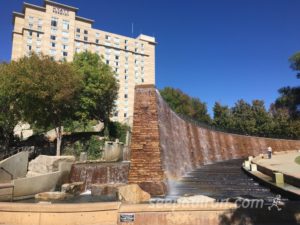
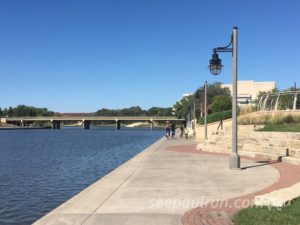
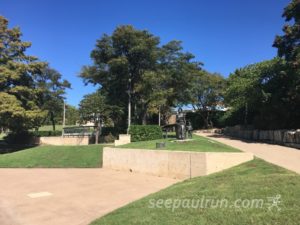
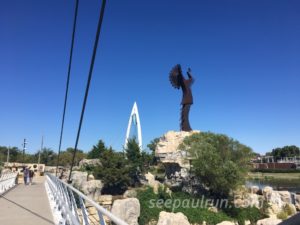
From here I walked along the east side of the river, passing Exploration Place on the opposite side, before coming to “The Keeper of the Plains” statue. Crossing the bridge, I made my way up to Museum Boulevard and after about a one-mile walk, into Old Cowtown Museum.
Here, I easily spent the next two hours soaking up the frontier town history and atmosphere. When I left at around 5:00 PM, I had an Uber driver take me down to the Historic Delano area (literally a 4-minute ride). There I caught the tail-end of the Delano Fall Fair and walked along Douglas Avenue, across the bridge and back to the Hyatt Hotel for the marathon’ Pre-Race Pasta Dinner.
All in all, I would say I saw most of Wichita’s highlights in about five hours of concentrated tourism, with the educational and atmospheric experience of Old Town, The Keeper of the Flame, and Old Cowtown Museum being at the top of the list, anyway, for “must see” attractions for anyone visiting town.
THE RACE:
Now, I normally do not give much attention to a pre-race pasta party in my reviews. Besides the fact that I often don’t attend them, very few pre-race dinners–aside from some standouts like the Vienna Marathon’s grand Rathaus location or New York City’s Central Park’s Tavern-on-the-Green setting–are more than a basic buffet, catered by a local restaurant, with tables of too many local runners catching up with acquaintances, contented with (alcohol-free) exchanges of war-stories. But in an effort to keep things simple and without a rental car in Wichita, I decided to drop by this pre-race dinner with the intention of slipping in early and out in 15 minutes or so.
However, what made this different from most is that it turned out to be an hour-long, hosted dinner; a casual, yet organized “program”, in which the race director (the very personable Bob Hanson) introduced himself and welcomed everyone, explaining the history of this–the 38th year of this race being the primary marathon for Wichita–and then shared the story of how he had come to name the race in its most recent form [a droll reference to native jackrabbits who take off running at lightning speed when Kansas ranchers apply controlled burning to their pastures each year for growth renewal.]
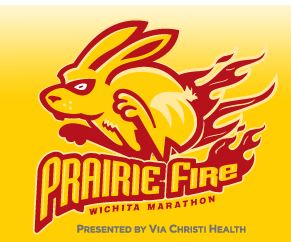
Then, Bob passed the microphone to each and every person. One by one, each runner introduced themselves, letting others know where they were from and sharing something personal about why they were here to run the marathon…and it was quite inspiring! We heard stories of runners who were breaking personal records, runners who were beating deadly diseases, runners who were raising awareness for social causes, and all of the dialogue felt genuine and convivial, as if in that one short hour, everyone had come to trust each other, to know the “strangers” they otherwise would not interact with during a city marathon.
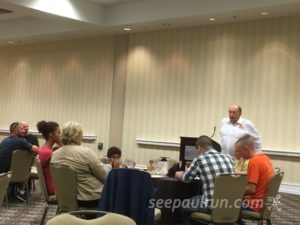
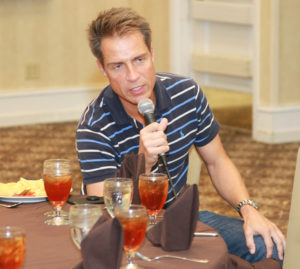
A bit of that camaraderie continued into the race the next morning. After a beautifully-sung rendition of the U.S. national anthem by the esteemed Jim Diego (an enthusiastic marathoner making a name for himself singing the anthem in dozens of marathons across the country just before he runs in them), the race took off at 7:30 AM, under clear skies and perfect 65-75 degree temperatures.
Both marathoners and half-marathoners started together with their own self-assigned placement (i.e. there were pacers, but no formal corrals).
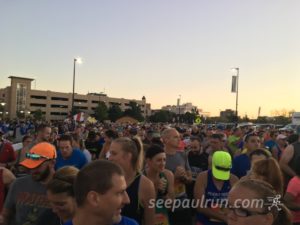
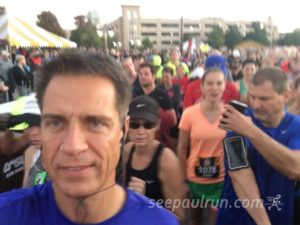
With the starting music being carried on speakers along the first third of mile or so, the course led runners over the Douglas Avenue Bridge and into Downtown, to continue along Douglas Avenue towards Old Town–where, en route, historical markers reminded you that this IS, in fact, the Wichita segment of the 150-year old, historic Chisholm Trail.
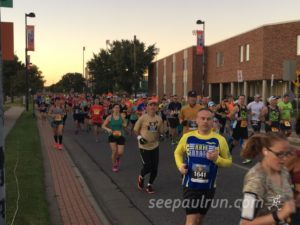
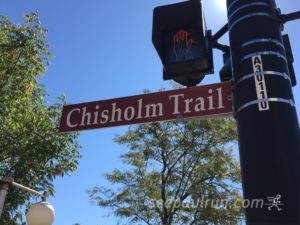
After a short out-and-back on South Grove Street, the race made its way past old theaters and shops up into the shaded streets of the historic College Hill neighborhood. Then, after splitting with the Half-Marathon runners at about mile 6.5 (rather early on, as compared to other combo races), it headed north into the more modest suburban streets of Lambsdale.
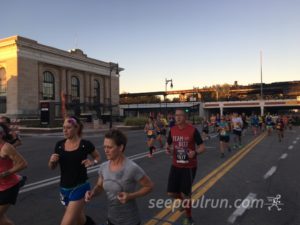
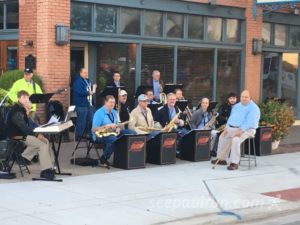
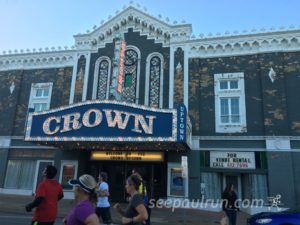
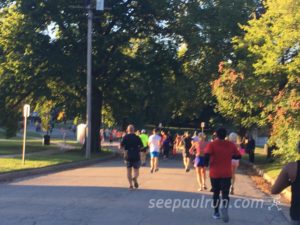
The course turned south via South Edgemore Street back onto Douglas, and then back through College Hill towards Downtown along 2nd Street: easily the most interesting area for the next 4 miles of the race, both because of the reliable clutches of friendly neighbors waving from front porches and because of the pleasant variety of architectural styles, from stately Victorian homes to Frank Lloyd Wright’s 1915 Prairie-style masterpiece, the Allen-Lambe House.
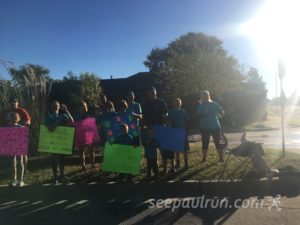
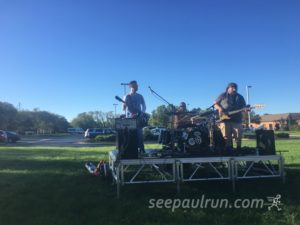
As the race made its way into Downtown, the course veered away at mile 18 into the greenery of riverfront parks and the landscaped boulevards of the museum area. Crossing bridges and passing neighbors sitting on folding chairs or walking dogs along these beautifully-maintained stretches, the race became decidedly peaceful, if not a bit quiet.
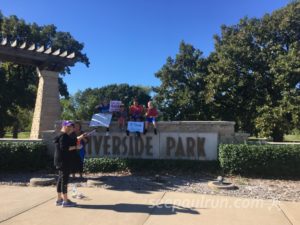
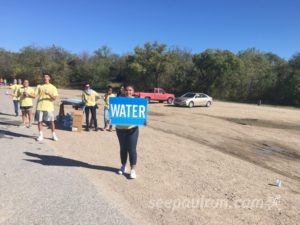
For me, this was a good time to relax, pulling away from the pleasant, yet constant, interacting with smile-and-eye-contact thank-yous to fans who, while never very many in total, had prior to this been consistently spaced so as to be omnipresent at every street intersection.
In these last 6-8 miles of the race, the route meandered along river banks, under allées of trees, past geese waddling disinterested across my path, and westward into the lovely Arthur B. Sim Park where there were nice glimpses into the Botanica arboretum and a golf course.
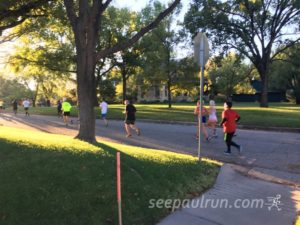
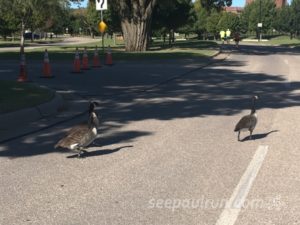
The final three miles were spent returning from this quiet sojourn, back into Downtown towards the finish along McLean Boulevard. Growing crowds of fans, and in the last mile, speakers blasting victory music, foretold the excitement of the final lap across the West Lewis Street Bridge and through the finish line, whereupon finishers heard their names and hometowns announced over the loudspeakers.
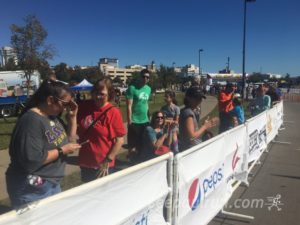

The medals given seemed as huge as the smiles on the faces of everyone in the finish line area, offering further proof that great things–like a professionally-orchestrated marathon with an interesting course through a city that is welcoming and happy for the event–often come in small packages, or rather, in smaller cities, like the very nice city of Wichita.
THE DETAILS
- Mostly flat, single-loop course with a very small amount of out-and-back stretches
- Marathon and Half Marathon start together
- Half Marathoner split off at about mile 6.5
- Approximately 3,000 marathoners, coming from 39 states and 4 foreign countries (according to race director)
Marathon Pros:
- Expo is quick and easy, downtown, about two blocks away from the starting line area
- Pre-race pasta party close to the starting line area and is not to be missed with its camaraderie and inspiring stories of people overcoming odds and setting unique personal records
- Mostly flat course through pretty neighborhoods and parks
- Course loop stays inside of city proper offering a nice tour of various areas of Wichita
- Plenty of water stations and rest stops
- Music played on speakers continuing along the first and last miles of the course along the river at start and finish
- Extremely friendly volunteers (about 1100 of them!) and neighbors in small patches, showing up constantly (about every 1/10th of mile) along the course offering smiles and kind words (i.e. no one looked down and ignored passing runners)
- Finisher shirt and oversized medal
- Free Professional Photos!
Marathon Cons:
- A little thin and some virtually empty areas of fellow runners in the latter miles of the race
- Sometimes unclear where course turned, especially between miles 18-24; so, perhaps better signage needed
TRAVEL & TOURISM DETAILS:
2 days, 1 night with late checkout on Sunday, marathon day, at 2:00 PM
Arrive: Saturday morning
Leave: Sunday early evening
Airline: Delta from New York City
My Hotel: Fairfield Marriott Inn & Suites Wichita East
Hotel Pros:
- Central; a few blocks to expo, pre-race dinner, and start/finish line
- Close to riverfront walkways
- Free breakfast in lobby
- Late race-day checkout possible with Marriott/SPG reward membership
- Reliable, computer-based wake-up call
Hotel Cons:
- No mini bar? Just kidding. None that I could find.
Car Rental?
- Not necessary if flying in and staying in a downtown hotel, as most of the tourist-worthy attractions are within a mile or two of the expo and the starting line; surprisingly, between the free trolley, taxis, and walking, you really don’t need a car at all.
Sights Not to Miss:
Other Sights:
- Historic Delano (especially if the Delano Fall Fair is going on)
- Exploration Place
- Botanica
- Sedgewick County Zoo
Audiobooks for Background:
- Cowtown Wichita and the Wild, Wicked West, by Stan Hoig

